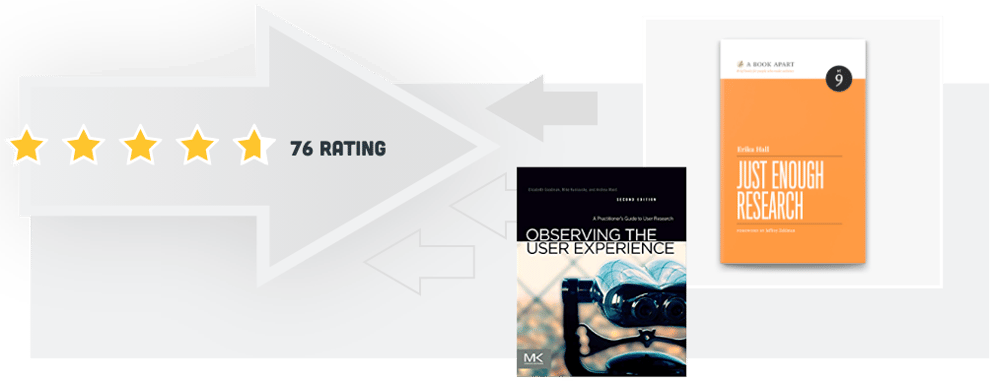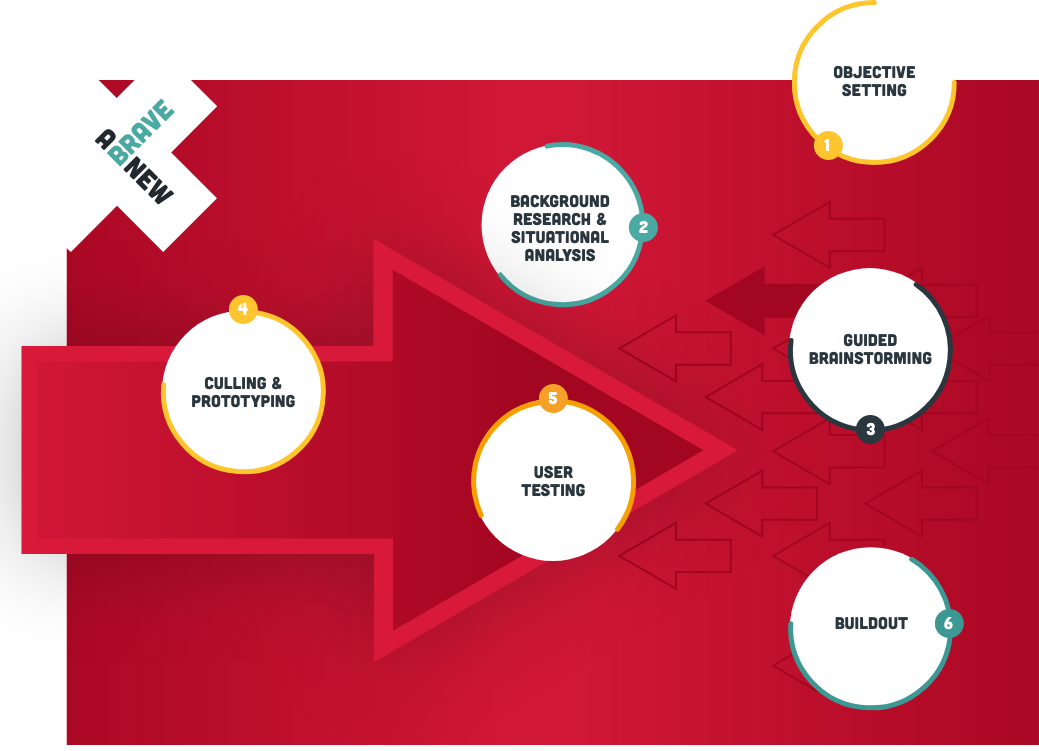Disruption is everywhere in our lives today. Climate change, politics, polarization, the pandemic, inflation … the list goes on.
The same is true for business. The dramatic shift in how many of us do work, which began with the pandemic, has accelerated with the shift for many to hybrid work. The rapid acceleration of artificial intelligence (AI) technology is shifting how many of us go about doing our work and even what we work on. Stressed supply chains and the scarcity of people to hire has made things difficult—things that we previously took for granted.
If we’re being honest, it feels like we’re all living in a front-row seat at a movie theater as we watch one massive change after another.
You and I can’t slow down the relentless forward march of technological innovation. We can’t flip a switch and instantly solve any malaise of polarization that we’re caught in. These are macro-trends that no one person can solve.
But there are a few things we can do:
- Embrace that nothing will ever be the same again: Whenever I’m trying to escape a reality that isn’t going to change, my therapist encourages me to just accept it and move on. Once I do, I’m free to think about that reality in a different way. If you struggle with constant change, I encourage you to accept one simple fact: that it’s constant. Once you do that, you’ll be able to lean into it and enjoy it.
- Shift to a positive mental model about disruption: When we are passive observers of disruption, we can tend to view it negatively. If we take one step back, we can reframe that picture and instead begin to look at disruption as an opportunity for growth, innovation, and transformation.
- Become an active participant in disruptive innovation: Once we realize the positive impact that disruption can have, the next logical step is to dive in and participate. If disruptive innovation is the best way to change things for the better, each of us who lead a business need to be invested in the next disruptive innovation for our business.
Ok, with our mindset shifted and a newfound commitment to being not only a participant in disruption but someone who drives it, let’s discuss some of the ingredients needed to drive disruptive innovation with your team or organization.
Essential Ingredients for Disruption
It’s one thing to say we want to pursue disruptive innovation, growth, and change. It’s another thing to do so. In my experience, there are three essential ingredients that need to be in place if you’re going to be successful.
A Culture of Psychological Safety
In her book, The Fearless Organization, Amy Edmondson describes psychological safety in this way:
“Psychological safety describes a belief that neither the formal nor informal consequences of interpersonal risks, like asking for help or admitting failure, will be punitive. In psychologically safe environments, people believe that if they make a mistake or ask for help, others will not react badly. Instead, candor is both allowed and expected. Psychological safety exists when people feel their workplace is an environment where they can speak up, offer ideas, and ask questions without fear of being punished or embarrassed.”
Psychological safety in a culture cultivates disruption, because disruption relies on people offering bold new ideas and ways of thinking about things. For your team to fully lean into this process, they need to know that their ideas, no matter how potentially outlandish, will not be dismissed or punished.

An Ear to the Ground
One of the primary inputs that drives the innovation that will disrupt a market and improve people’s lives are the needs of the people that the disruption will impact. This is where research comes in. Your goal with this research is to listen to customers and understand key pain points, frustrations, or maybe just things that they think could work more efficiently. Each new innovation is created by meeting someone where they’re at with a novel solution to a challenge or problem they face.
If you haven’t done research as an organization, don’t despair. It’s entirely possible that you may have some of the data you need to start driving innovation already. Sit down and talk with the leaders of your customer success and sales functions. They’re talking to customers all the time and can likely provide you with some insights.
Once you’ve had these conversations, it’s time to think through some active research sessions. This may take the form of in-depth interviews with customers, a survey on your website, or in some instances, even a focus group. Remember, your goal is to understand the challenges people face so you can start working on some new solutions.
If you need help getting a grounding in research, I recommend two books. The shorter read is from the excellent A Book Apart series: Just Enough Research by Erika Hall. It’s definitely a design-focused book but will give you some tools to start doing research quickly. For a longer and more extensive read, I recommend an old but still classic book by Mike Kuniavsky: Observing The User Experience.
A Proven Process to Guide Disruption Activities
The final key ingredient I’ll speak to today is a proven process. When you’re designing something new, it’s impossible to know all of the specific steps that you’ll need to take throughout the process, but it is possible to know the framework and overall approach you’ll use to generate the new idea. Mine looks a little like this:
- Objective setting: At the beginning, we’ll spend some time identifying the high-level challenge we’re trying to solve and determining what success could look like.
- Background research & situational analysis: With success defined, we’ll spend time talking to people and doing a thorough review of the situation to guide our thinking.
- Guided brainstorming: Once we know the lay of the land, we’ll go ahead and start generating ideas. At this point, our goal is to get as many ideas on the table as possible and to choose some.
- Culling & prototyping: As we transition out of brainstorming, it’s time to narrow down to the best ideas and create some rough prototypes to test with real people for viability.
- User testing: With our rough prototypes, we’ll conduct some user research to further determine the viability of the idea.
- Buildout: The ideas that make it through testing will then move into buildout.
Now of course, it’s not as straightforward as that six-step process makes it sound. In fact, most innovation is challenging. There are stops, starts, and even resets, but having a framework for how to approach things makes it so you are never lost, even if you have to throw out some ideas and start fresh.
Are You Ready?
The world is waiting for you to bring some positive disruption into the world. I hope you’re ready to lean in and embrace the opportunity. I can’t wait to see what you create.
Don’t miss out, get Brave News now
Join the ABN community and be the first to learn about trends in inbound marketing, branding, and web design.






